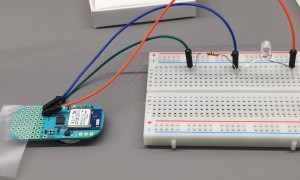Nic, Charlie and I have been struggling with finding a time to meet so we can talk about the Field Day android application. We were able to briefly talk about it on Saturday morning, and decided some things about the architecture of the application.
Currently, the main screen of our application shows all 8 “skins” (Earth, Ambiance, Gas, Water, Settings, About, Notepad, and Protocols). We’ve decided that we want the main screen to have just 4 skins (Settings, ‘Take a Sample’, ‘Lab Notebook’, and About). The Take and Sample and Lab Notebook skins, once clicked, will open up into a variety of options underneath. All of the types of sample skins from before (Earth, Ambiance, Gas, and Water) will now move underneath ‘Take a Sample’ skin. Under ‘Lab Notebook’ we are going to move Protocols, Notepad, Checklist and whatever else we decide.
Having a separate page for just sampling will make using fragments a lot easier. I’ve started on making icons for the new skins we decided on, and will implement those in the code as soon as they are ready.
Hopefully today we will be able to talk and get more work done in the meeting.
